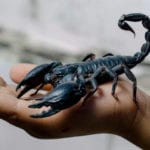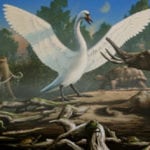 Religion
Religion  Religion
Religion  Weird Stuff
Weird Stuff 10 Horrifying Final Destination-Like Accidents
 Movies and TV
Movies and TV 10 Music Biopics That Actually Got It Right
 History
History 10 Momentous Events That Also Occurred on July 4th
 Animals
Animals 10 Times Desperate Animals Asked People for Help… and Got It
 Movies and TV
Movies and TV 10 Movie Flops That Found Their Way to Cult Classic Status
 History
History 10 Things You Never Knew About Presidential First Ladies
 Movies and TV
Movies and TV 10 Zombie Movies That Will Actually Terrify You
 Humans
Humans 10 Times Scientists Were Absolutely Sure… and Absolutely Wrong
 Our World
Our World 10 Pivotal Moments for Life on Earth
 Religion
Religion 10 Innovations and Discoveries Made by Monks
 Weird Stuff
Weird Stuff 10 Horrifying Final Destination-Like Accidents
 Movies and TV
Movies and TV 10 Music Biopics That Actually Got It Right
Who's Behind Listverse?

Jamie Frater
Head Editor
Jamie founded Listverse due to an insatiable desire to share fascinating, obscure, and bizarre facts. He has been a guest speaker on numerous national radio and television stations and is a five time published author.
More About Us History
History 10 Momentous Events That Also Occurred on July 4th
 Animals
Animals 10 Times Desperate Animals Asked People for Help… and Got It
 Movies and TV
Movies and TV 10 Movie Flops That Found Their Way to Cult Classic Status
 History
History 10 Things You Never Knew About Presidential First Ladies
 Movies and TV
Movies and TV 10 Zombie Movies That Will Actually Terrify You
 Humans
Humans 10 Times Scientists Were Absolutely Sure… and Absolutely Wrong
 Our World
Our World 10 Pivotal Moments for Life on Earth
10 Adorably Tiny Versions Of Animals
We’ve talked before about lesser-known large animals. Now it’s time to go in the opposite direction and delve into some of the most incredible and fascinating examples of Lilliputian life on the planet today.
10Fairy Penguin
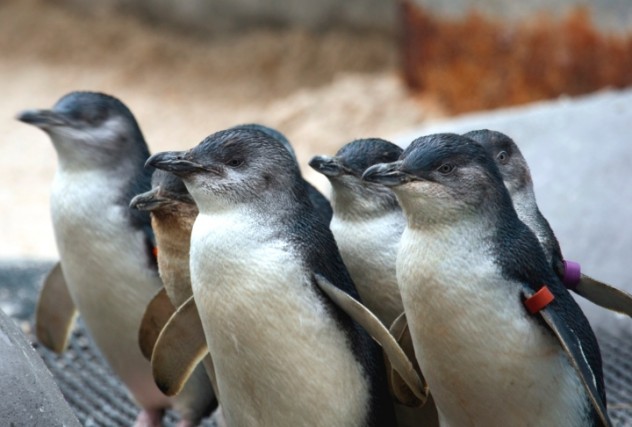
The classic image of penguins calls to mind the giant denizens of the frozen Antarctic, where some species can measure over 1 meter in height. However, the warm beaches and temperate waters of Australia and southern New Zealand are also home to a penguin—and this penguin is tiny. In fact, the fairy penguin stands only 13 inches (33 cm) tall, which makes it scarcely bigger than most quail and approximately the same size as a small crow.
Watching the 1.5 kilogram (3.3 lb) flightless seabird march down the beach is enough to captivate even the most seasoned birdwatcher. The bird’s plumage glistens in shiny blue shades, earning this minute mariner the alternative name “Little Blue Penguin.” Recently, dents have been made in the 500,000-strong penguin population from such unlikely sources as lizard attacks and traffic collisions. In a bizarre twist, sheepdogs have been employed to help protect threatened nesting sites.
9Buff-Faced Pygmy Parrot
Sadly unlikely to be spotted perched on a pirate’s shoulder, the buff-faced pygmy parrot is native to the forests of New Guinea. Measuring only 8.4 centimeters (3.2 in), with a weight of just 10–15 grams (.35 to .5 oz), these tiny, jewel-like birds are the smallest parrot on the planet—smaller than a ruby-throated hummingbird. In fact, it would take more than one buff-faced pygmy to equal the size and weight of the average sparrow. The birds possess the exact proportions and foraging skills of a regular rainforest parrot, and subsist on foods ranging from lichens to bark, seeds, and fruit. Buff-faced pygmies inhabit tropical lowland forests and slightly cooler foothill forests within a large natural range, and fortunately, are not endangered.
8Lantern Shark
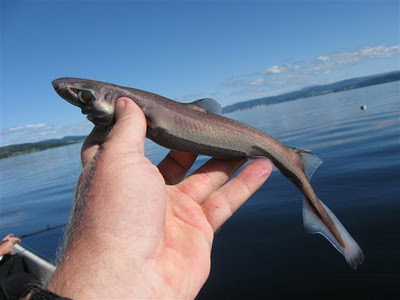
Jaws embedded the fear of enormous, man-eating sharks deep in the human psyche. While many sharks are best measured five meters at a time, the waters off the continental slopes of Venezuela and Columbia are prowled by a strange shark existing on an entirely different scale. Measuring a maximum of 21.2 centimeters (a mere 8.3 inches), the dwarf lanternshark is one of the three smallest sharks on the planet, and is often considered the outright record holder.
Placed within the dogfish family, this toothy little prowler fits in a human hand, but possesses disconcertingly typical shark lines and features—including a tooth-studded mouth filled with over 25 rows of teeth in the upper jaw and more than 30 in the lower. Living at depths of 283 to 439 meters (92 to 1,440 feet), the sharks are still relatively unknown, but are named for their ability to light up with bioluminescent photophors for reasons still not fully confirmed.
7Mexican Dwarf Crayfish
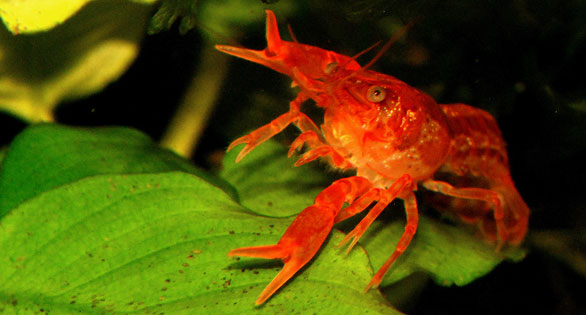
While the endangered Tasmanian giant crayfish can grow up to 1 meter (3 ft) long, there is an opposite extreme in the world of freshwater crustaceans. The Mexican dwarf crayfish grows to only 3.8 centimeters (1.5 in). From a distance, it mostly resembles a shrimp, but get closer and you will be able to make out the tiny razor sharp claws characteristic of the crayfish.
The cute crustacean is both a hunter and a scavenger and may come in brownish, dark stripes, or beautifully mutated red. The dwarf crayfish is native to lakes with moderately warm water, where it inhabits muddy bottom zones with some vegetation. In America you can actually own it as a desk pet, provided a filtered, 2–3 gallon mini-aquarium with temperate water and alkalinity is provided.
6Falconets
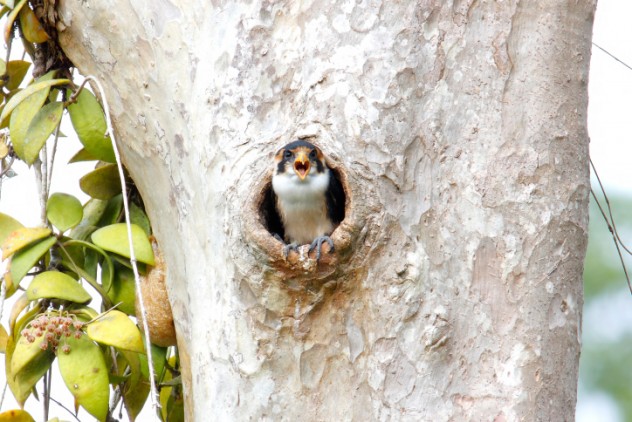
Birds of prey are the wolves and lions of the avian world—usually dominant apex predators instead of potential prey. Enter the falconets of China, Southeast Asia, and the Malayan Archipelago. Often measuring a mere 14 centimeters (5.5 in), with 27 centimeter (11 in) wingspans, the smallest of the five true falconet species may weigh as little as 35 g (1.2 oz) and are the world’s smallest birds of prey. These raptor runts are smaller than many sparrows, and inhabit forests, wetlands, and field edges.
Falconets boast a sharpened bill with a tooth-like notch and disproportionately large, talon-studded feet to grasp and pierce their prey. Some falconets hunt dragonflies and take wasps from their nests. They may also capture small amphibians, lizards, and even small birds nearly their own size.
5Minute Salamanders
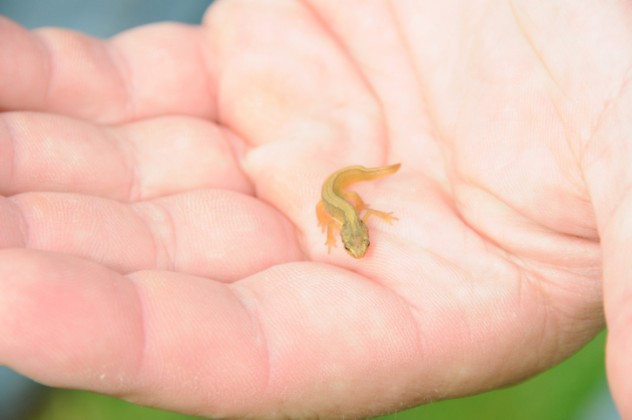
The aptly named minute salamanders of the genus Thoria stretch the lower limits of amphibian size. The genus itself comprises a number of species inhabiting moist habitats from North America to Brazil. Unlike the meter-exceeding Chinese giant salamander featured on the previous list, minute salamanders can easily be measured in millimetres as well as centimeters. The smallest known species, Thorius arboreus, does not exceed two centimeters in length (a little under one inch).
Not surprisingly, Thorius arboreus is also the world’s smallest known salamander, sporting an unusually thin body and a compressed head shape in addition to its infinitesimal adult length. A Mexican species, this endangered animal is native to moist, upland forests along the Atlantic drainage in the Sierra de Juarez region. Minute salamander species are still being discovered today.
4Pygmy Hog
Wild hogs generally rank among the larger and more powerful animals in nature. The endangered pygmy hog of South Asia is an adorably minuscule exception to the rule. Measuring only 25 centimeters (10 in) in height, these soft brown mini-pigs live in grassy woodland and weigh only nine kilograms (under 20 lbs) at the most. Unique among porcines, pygmy hogs make bird-like grass nests to rest each night. Originally native to a broad range of India and Nepal, habitat loss has driven the pygmy hog into a handful of isolated patches. Only a few hundred are believed to remain.
Indian-born British naturalist Gerald Durrell has been instrumental in championing the protection of the pygmy hogs. He said of the creatures: “I had never actually met a pygmy hog, but I have a deep, warm regard for all members of the pig family. So, simply it was a pig and a pygmy pig at that, I felt it must be charming.”
3Pink Fairy Armadillo
It has a pink shell and it is an armadillo, but as you should suspect from the qualifier “fairy,” this pink patroller of grasslands is also ridiculously small, measuring only 13–15 centimeters (5–6 in) in length. This smallest of all armadillo species is a shy, solitary animal, but it sports a shockingly flamboyant, almost flamingo-colored, articulated pink shell. The animal’s strange coloration is uniquely attributable to blood vessels which run through that tough outer shell. Native to the open grasslands of Argentina, the bizarrely-shaped armadillo burrows underground through the sandy soil, and is almost never seen. The secretive animal borders on legendary among locals and those who study it—like Argentine research scientist Mariella Superina, who in 10 years, has yet to observe one in the wild.
2Vaquita
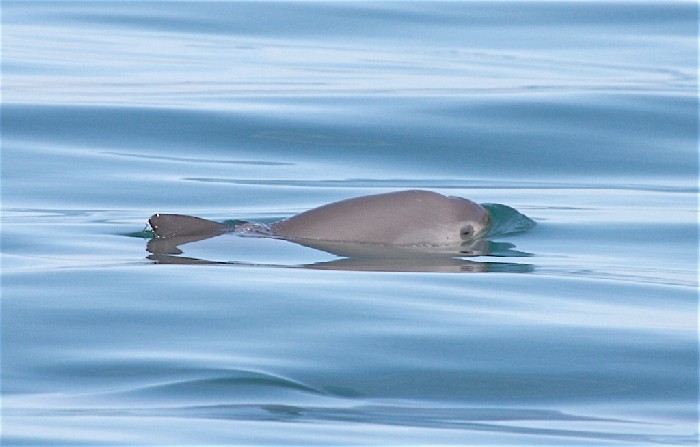
Efforts to save the whales have focused on our troubled relationship with the largest animals on Earth. But one of the most endangered cetaceans, the vaquita (Spanish for “little cow”), is smaller than a human. Weighing only 30–55 kilograms (65–120 lbs), the minute vaquita is a dwarf species of porpoise that usually measures a mere 1.2–1.5 meters (4–5 ft) in length.
With a rounded head, small fins, and a sleek body, this tiny Mexican cetacean is also extremely rare. Having an extraordinarily restricted range for a porpoise, Vaquitas are found only in the innermost reaches of the Gulf of California, where the Baja Peninsula extends from the North American mainland. These sheltered waters allowed the delicate animal to evolve. But fishing nets, human disturbance, and inbreeding have turned the tiny habitat into an ecological trap, leaving the declining vaquitas in dire need of help.
1The World’s Smallest Fish
The world’s smallest fish—and smallest vertebrate—is thought to be a species of carp named Paedocypris progenetica, discovered in 2006 on the Indonesian island of Sumatra. Some adults of this species reach lengths of just 7.99 millimeters (0.3 in). Living in swamps with a PH of 3.0, this tiny relative of the goldfish is able to survive water 100 times more acidic than rainwater. Scientists determined that the transparent creature was the world’s smallest vertebrate species. Zoologist Ralph Britz of the UK-based Natural History Museum noted that the fish was “one of the strangest fish he had seen in his entire career,” observing that the Asian micro-carp had peculiar grasping fins and as a body plan typically seen in larval fish—including a brain unprotected by a skull. The permanently juvenile traits suggest genetic selection for neotony.
Ron Harlan investigates the mysteries of nature, the human body, and the bizarre findings that often crop up on this planet. He is a freelance writer, researcher and graduate student of sciences at Royal Roads University.
